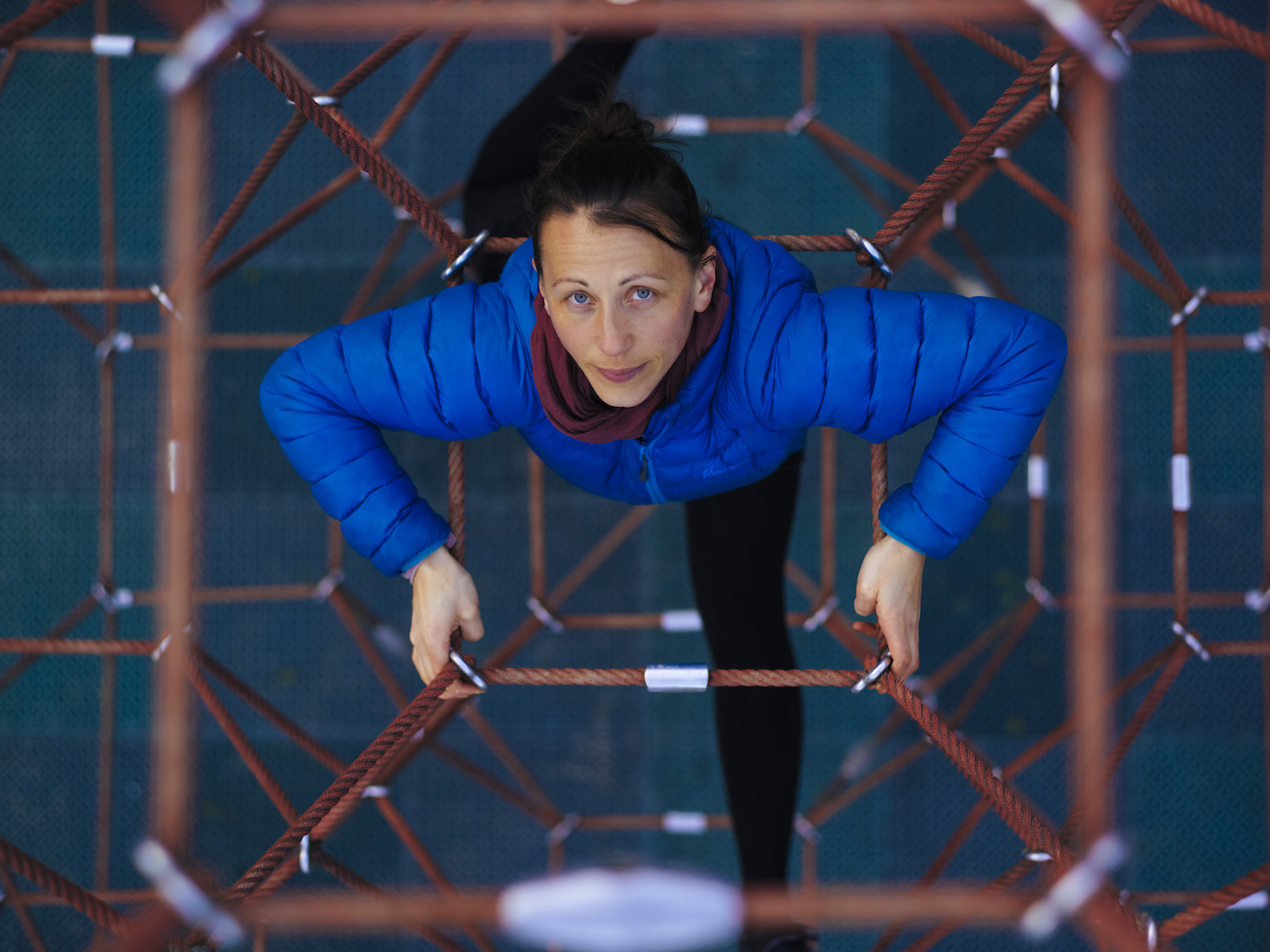We spoke with Sacha Copland of Java Dance Theatre about Treat, the company’s upcoming show for kids.
Java Dance Theatre’s Sacha Copland is bringing Treat to Wellington’s children this March. Treat is a performance that takes children on a journey to find the greatest treat in the world. Treat promises to deliver their signature brand of smelling interactive dance, live music and theatre. Treat is on as a part of the Capital E National Arts Festival showcasing the best theatre for children and young people.
Good spoke with Sacha Copland, Founder and Artistic Director of Java Dance Theatre about Treat, dance and the National Arts Festival.
Good: Tell me a bit about yourself?
Sacha Copland: I grew up in Kirwee, a tiny little village in central Canterbury. I loved how much space there was to move! I grew up dancing and when I was 17 I moved to Wellington and graduated from the NZ School of Dance. I founded Java in 2003, but at the time I had no idea it was going to develop as much as it has. Now I’m the Artistic Director and we travel all over the world, last year was our first tour to China. My favourite thing about creating dance for young people is when you see an expression of surprise on a kid’s face. You can see that their world suddenly seems bigger and there are more possibilities than they thought! I think that’s the power of art and of dance.

Let’s talk about Treat, what was the inspiration behind it?
We were researching chocolate for an adults show and I started thinking about what makes something a treat and all the excitement, anticipation and ritual that surrounds it. This is particularly strong with kids! I’m really interested in the idea that a treat can be anything. It can be a dream, an experience, a colour or a smell. Sometimes it’s the person who is giving it that makes it a treat, sometimes it’s the anticipation that’s the most fun. Treat is like a treasure hunt encompassing acceptance and rejection, anticipation, disappointment, generosity, envy, satisfaction, fear of the unknown, joy and a whole host of other things that every kid and adult experiences.
What makes Treat different to other shows you’ve put on at Java?
This is the first time we are staging a kids show for Capital E in the round. We’re super excited because it makes it easier for everyone to join in and feel like they are involved in the show. Treat explores and celebrates colour in some pretty magical ways and we have some inventive ideas for audience interaction, but I can’t give too much away. We love creating surprises for the audience! Composers Tristan Carter and Charley Davenport have created a special music range for Treat using a Colombian Tiple (12 string guitar), an accordion from the 1930s that’s practically a family heirloom and ebony bones (a more traditional version of ‘playing the spoons’).
Treat is described as ‘interactive dance’. Can you talk about this a bit more?
Interactive dance means that the kids see dancers up close, smell delicious smells, hear live music from all directions and join in. They get to be part of the show in all kinds of ways. We design our shows so that the children respond and join in naturally rather than telling them to join in. There’s always more than one way in which they can be involved too. For Treat we are going to get them to help us makes some of the sound live.
Do you think dance is an important way for children to express their creativity – both observing and participating? What do you think they get out of it?
It’s amazing to see the relief on kids’ faces when they see and do dance. It’s so natural to express yourself physically and it validates their experience of the world and the way they naturally express it. Performance also lets us break the rules of everyday life in a safe environment. Kids love this! They are right in the thick of navigating and learning how the rules of the world and art can relieve this pressure. It offers them new ways of looking at things and it reminds adults that the world is a magical place. Dance creates a space for adults and kids to inhabit the same sensory world and relinquish their roles.







